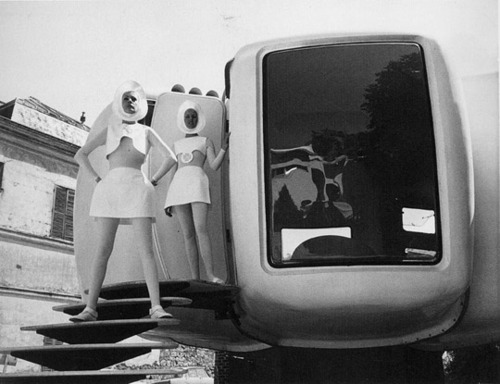In the early days of autos there were more electric cars (and steam ones, for that matter) than gas-powered cars. But fossil fuels became predominant, so how do you unlearn what’s been learned, turning away from so much familiar infrastructure? Shifting to electric cars would be a much more attractive proposition if the vehicles were automatically recharged by coils embedded in the road. From Jon Stewart at BBC:
“Engineers in his lab are developing a way to wirelessly charge electric cars from magnetic coils embedded into the road. The car would pick up the power via another coil, meaning – in theory – that you would never have to make a charging stop again.
The system works using a technique called ‘magnetic resonance coupling.’ You can think about resonance as the phenomenon that allows an opera singer to smash a glass using only the power of their voice. In that case, when the singer hits a note that has the same resonant frequency as the glass, they couple and energy begins to build up in the glass, eventually causing it to smash.
Instead of using acoustic resonance, the Stanford team use the resonance of electromagnetic waves. A coil in the road that is connected to a power line is made to vibrate with the same resonance frequency as the coil on the bottom of the car, allowing energy to flow between them.”

